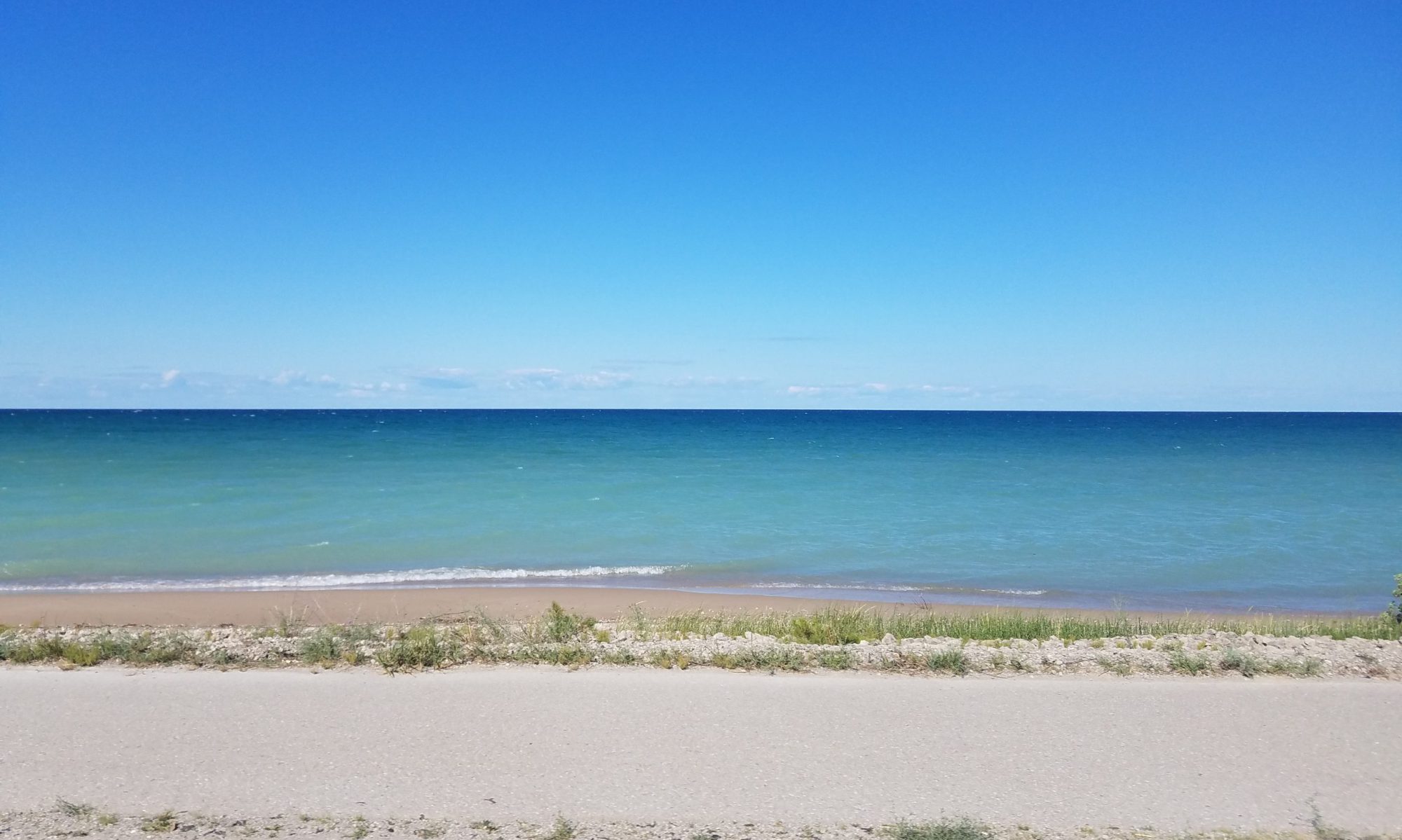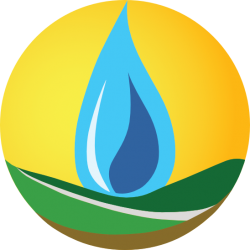The Great Lakes and Ohio River Division (LRD) of the U.S. Army Corps of Engineers operates and maintains the U.S. portion of the Great Lakes Navigation System (GLNS) consisting of 139 projects (63 commercial and 76 shallow-draft), including three lock complexes, 104 miles of navigation structures, and over 600 miles of maintained navigation channels. The GLNS is a complex deepwater navigation system stretching 1,600 miles through all five Great Lake and connecting channels from Duluth, Minnesota to Ogdensburg, New York. In 2006, approximately 173 million tons of commodities were transported to and from U.S. ports located on the waterways of the Great Lakes system. It is a non-linear system on interdependent locks, ports, harbors, navigational channels, dredged material disposal facilities, and navigation structures. The GLNS provides an estimated transportation rate savings benefit of $3.6 billion per year. Waterborne commerce is the most environmentally friendly and safest form of transportation of bulk commodities, producing lower emissions as well as lower damages to property and a reduction in fatal and non-fatal injuries when compared to transportation by truck or rail. A recent study concluded that pollution abatement savings resulting from the continued usage of the GLNS exceed $350 million annually.
In contrast to the Western U.S., many climate change models predict increased precipitation in the Great Lakes region. This increased precipitation (and runoff), coupled with warmer temperatures, has the potential to significantly affect sediment production and transport in Great Lakes rivers, increasing the loadings to federal harbors that already have a large dredging backlog. Additionally, a number of future climate scenarios predict lower water levels in the Great Lakes, which would further exacerbate the impacts on harbors. This project will look at two federal harbors in the Great Lakes and their watersheds in order to examine potential impacts. The information gained from this work is expected to allow the Corps to make qualitative comparisons with current dredging requirements at most of the federal harbors in the Great Lakes.
Continue reading “USACE: Upland Sediment Production and Delivery in the Great Lakes Region under Climate Change”




 Through looking at both the Au Sable and Manistee River basins’ headwaters, our objective of this project is to develop methods to increase our knowledge of temperature, stream flow rates, groundwater recharge rates, etc. in these areas. In a two year span, forty gages are to be installed in both the headwaters of the Manistee and the Au Sable rivers. Though the state does have groundwater assessment tools out there, the system is not focused on the headwaters. We are creating a much denser network to narrow in on these specific places in the river system to add to the overall knowledge of rivers.
Through looking at both the Au Sable and Manistee River basins’ headwaters, our objective of this project is to develop methods to increase our knowledge of temperature, stream flow rates, groundwater recharge rates, etc. in these areas. In a two year span, forty gages are to be installed in both the headwaters of the Manistee and the Au Sable rivers. Though the state does have groundwater assessment tools out there, the system is not focused on the headwaters. We are creating a much denser network to narrow in on these specific places in the river system to add to the overall knowledge of rivers. 














